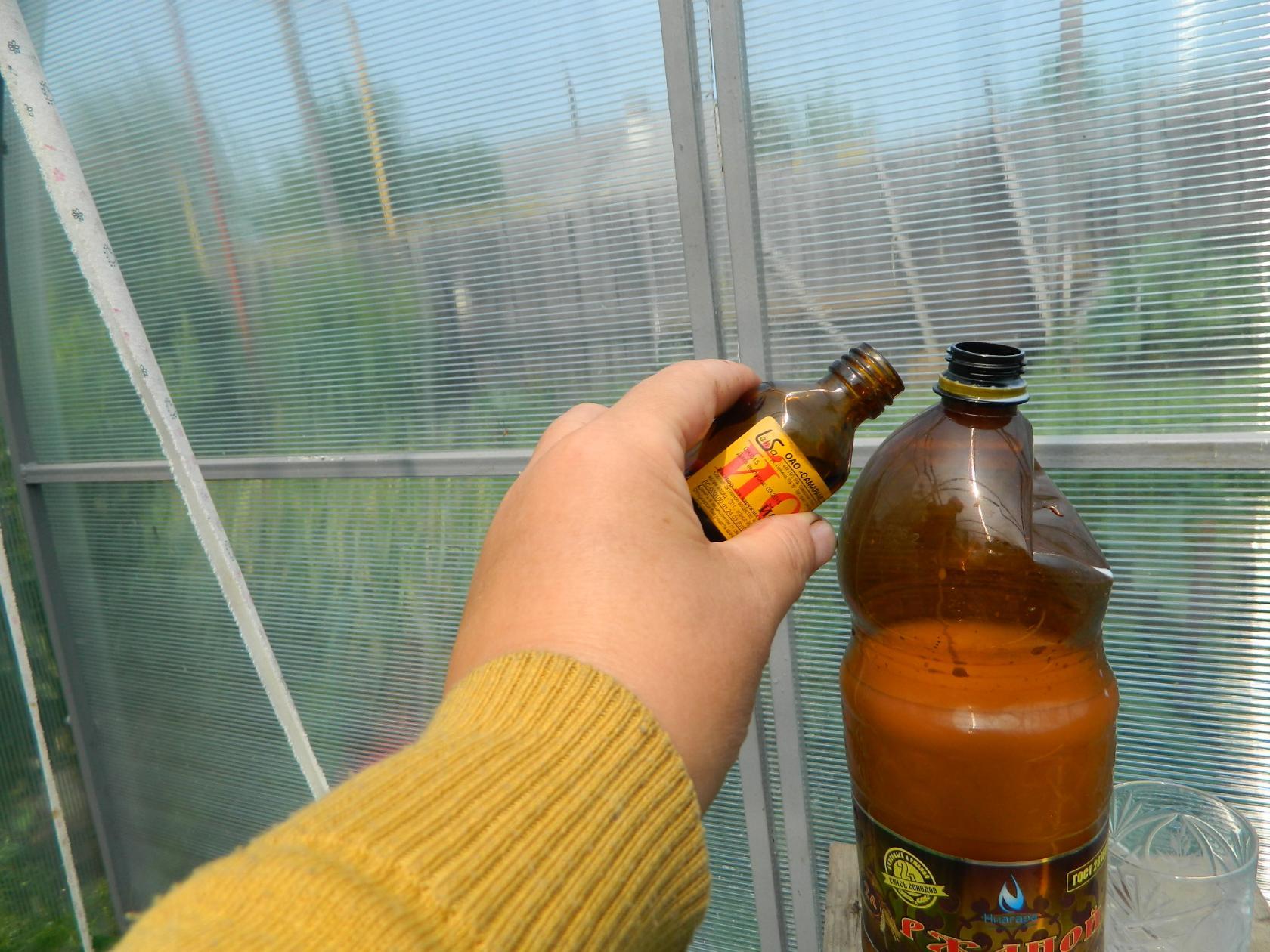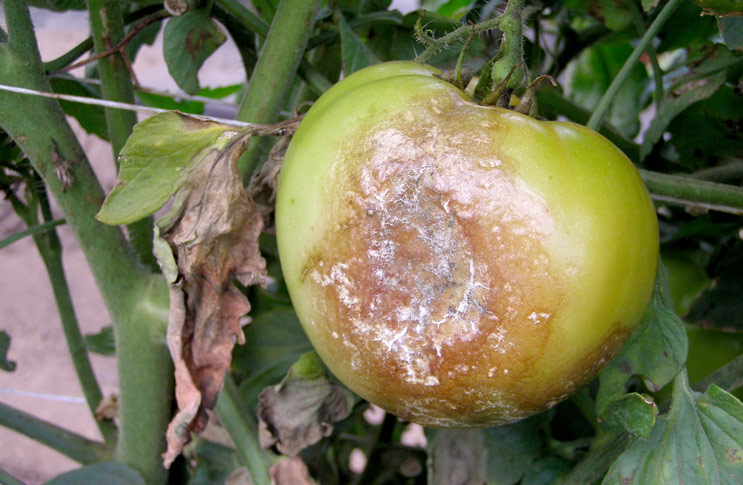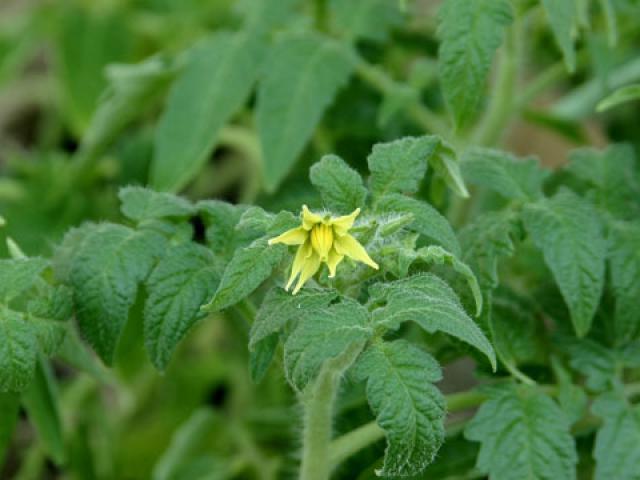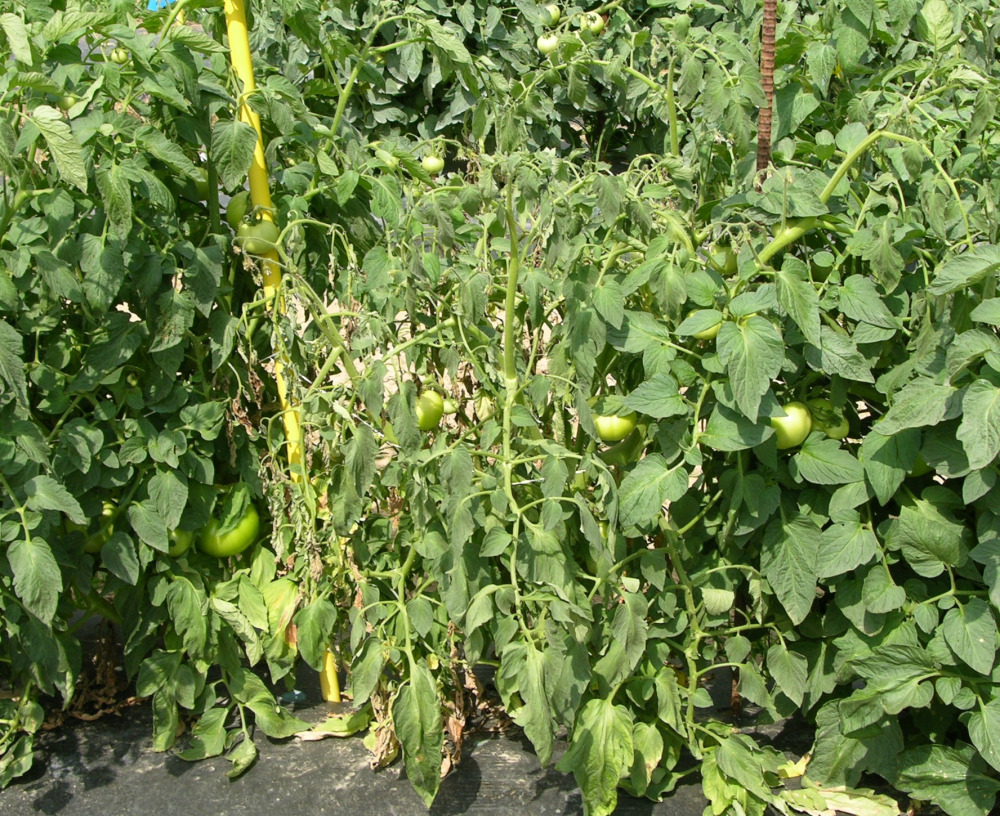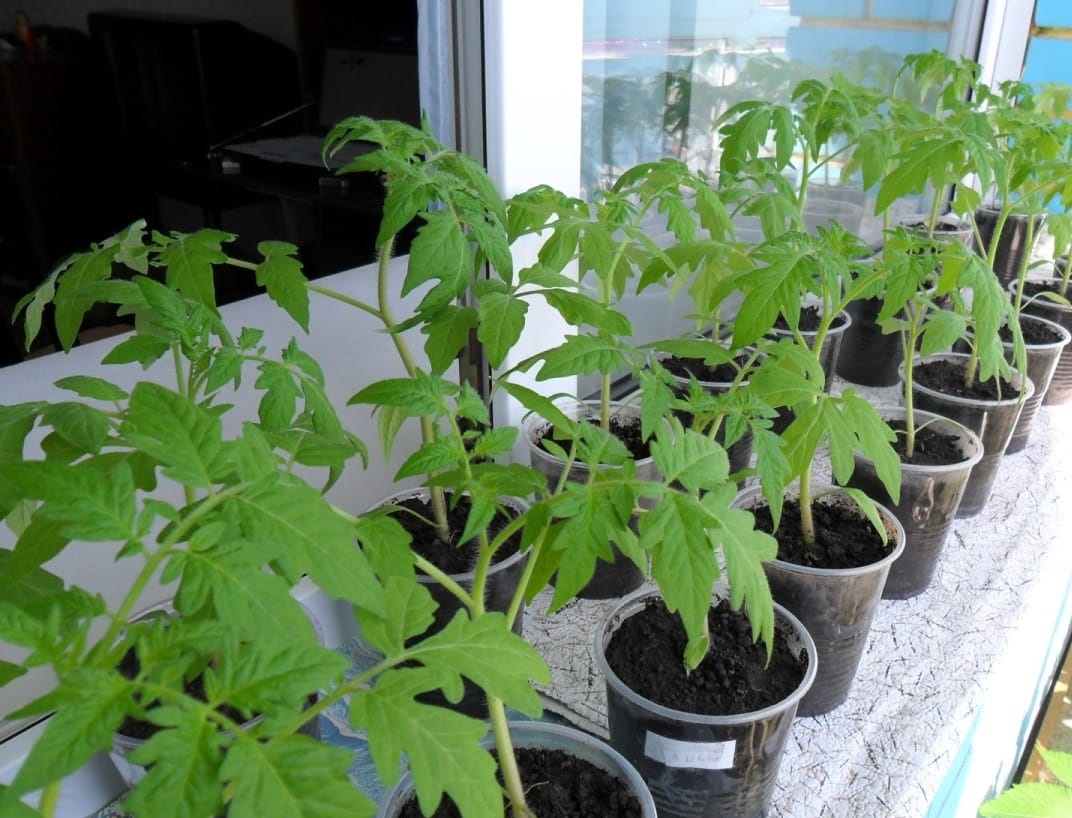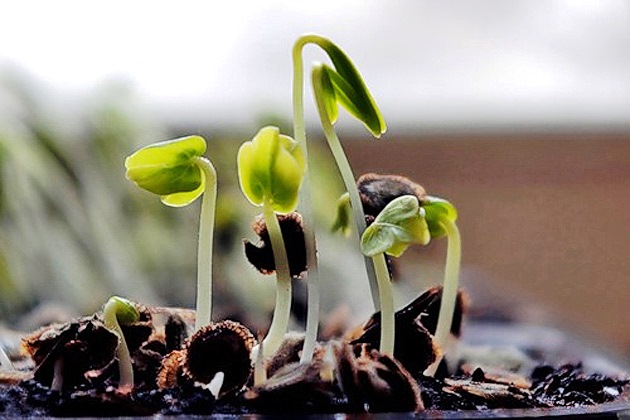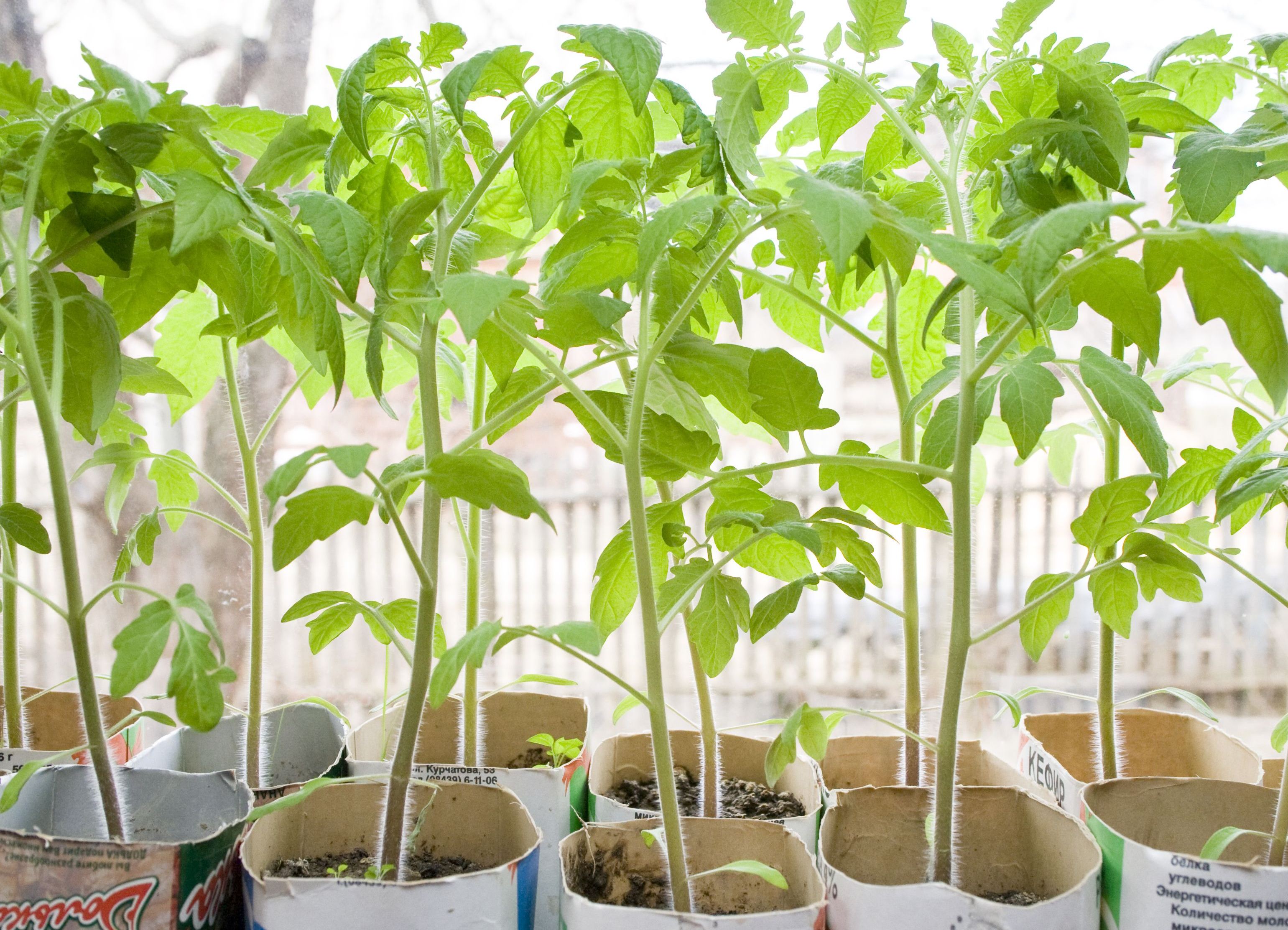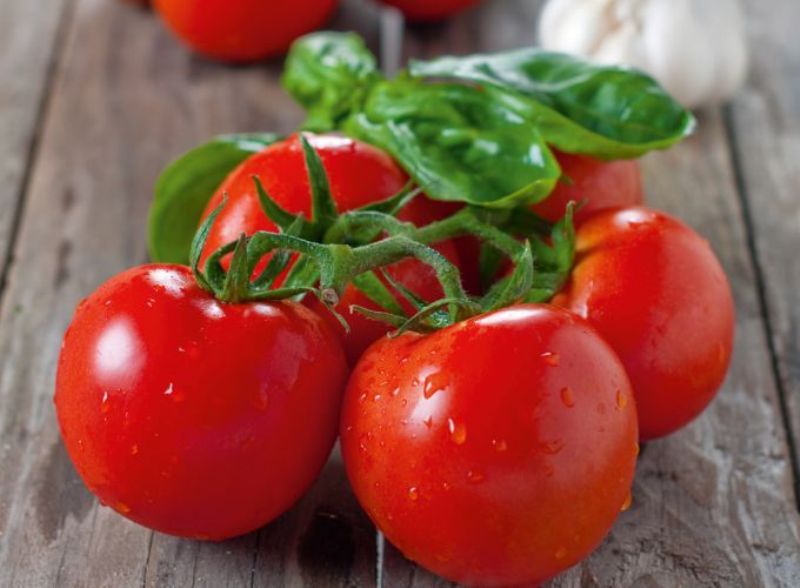Content:
Tomatoes, like any other crop, are susceptible to fungal infection. Tomato cladosporium disease is one of the most common diseases that can affect productivity. To effectively cope with the disease, you need to know the preventive measures, correctly identify the symptoms and begin timely treatment with suitable methods.
Tomatoes as a culture
Tomato is an ancient culture, it is known that it was eaten by the Indians of South America even before our era. Tomato came to Europe in the 16th century, to Russia at 18. The period of active selection and distribution in our country fell on the 20th century. To date, many varieties have been bred with different ripening periods, characteristics and color of fruits from red and pink to yellow and almost black. The undemanding nature of the plant and good responsiveness to care allows it to be grown in almost all climatic zones, in greenhouses, on ridges or on a balcony.
The plant is a representative of the nightshade family. We cultivate it as an annual, but there are also perennial species. The tomato has the following biological characteristics:
- propagated by seeds and cuttings;
- has a powerful rod-type root system;
- stem erect or spreading, strongly branching;
- leaves are pinnate, in some varieties of the potato type;
- flowers are small, yellow, the plant is self-pollinating, there are male and female organs on one stem;
- the size and shape of the fruit depends on the variety and can be large (up to 800 g), medium (50-100 g) or small (up to 50 g).
Tomatoes are grown indoors and outdoors, mainly by seedlings. Any soil is suitable except very acidic. To improve its fertility, organic and mineral fertilizers are applied. For landing, you need to choose a bright place, closed from the winds. The culture loves abundant watering, especially during the period of fruit growth. However, tomatoes do not like high humidity and in such conditions they can be affected by fungus. One of the most common is cladosporia, or in another way - brown spot.
Cladosporium and methods of dealing with it
The causative agent of cladosporium is a fungus that is resistant to high and low temperatures. It can easily survive the winter and infect newly planted plants. The spores are very light, they look like dust particles, so infection can occur during watering, when processing the soil with gardening equipment, airborne from the contaminated area, or get from the gardener's clothes onto the plant itself.
Favorable conditions for infection are temperatures of 22-25 degrees, its sharp drops and humidity above 80%. The disease mainly affects plants in greenhouses and greenhouses. In the open field, cladosporium disease can develop only under appropriate weather conditions (rain, constant high humidity and temperature).
Signs of the development of brown spot
The first symptoms appear during the period of active growth, when flowering begins and ovaries are formed. The disease proceeds in several stages, which are characterized by the following symptoms:
- At the initial stage, the fungus may not be noticed, since it begins with the defeat of the lower leaves. Light green spots appear on them, and gray bloom on their inner surface.
- The next stage is the infection of all the leaves of the tomato bush. The spots on them begin to darken.
- At the third stage, the spots become brown, and on the underside they become velvety and dense. This means that the mushroom colony has grown and started spreading spores. The productivity of the bush is declining.
- Photosynthesis is disrupted, the leaves begin to dry, the fruits and stem are affected in the last turn.
Treatment methods
You can fight cladosporia with folk remedies, with the help of chemicals or biological.
If a disease of brown leaf spot of tomatoes is found, treatment must be selected based on the stage of development. At the initial stages, folk methods are suitable:
- manganese solution and ash infusion. In turn, water and spray the plants with a light pink solution of potassium permanganate and ash, boiled for 15 minutes in water at the rate of 300 g of ash per 10 liters of water.
- potassium chloride and iodine. In 10 liters of water, it is necessary to dilute 30 g of potassium chloride and 40 drops of iodine. The solution is used to treat the soil and bushes 1-2 times a day;
- milk and iodine. Dissolve 15-20 drops of iodine in 1 liter of milk or milk whey and mix with 5 liters of water. Process the plants in 2-3 days.
- soapy water. Grated laundry or baby soap is dissolved in water and sprayed on the bushes.
The last 2 recipes are more suitable for the prevention of brown speckle and increase the immunity of tomatoes, in the active phase of the development of the fungus they will no longer help, you will have to take more serious steps.
Chemical and biological products
At the stages of active spread of infection, the following methods of struggle and drugs will help to suppress the outbreak of tomato cladosporiosis:
- Fungicides. Bravo, HOM, Poliram, Abiga-Peak, Ditan NeoTek 75, copper oxychloride. It is necessary to use drugs in strict accordance with the instructions. Spraying with fungicides can be repeated two weeks after the first treatment.
- A solution of colloidal sulfur and copper sulfate at the rate of 3 tbsp. l. sulfur + 1 tbsp. l. vitriol + 10 liters of water. Plants and soil are treated once every 5 days.
- Biological products based on beneficial bacteria that have a detrimental effect on the fungus. Phytosporin: Suppresses disease and enhances plant immunity. Pseudobacterin is also successful in controlling disease growth. The selected preparation is used to treat bushes and greenhouses 2-3 times with an interval of 14-20 days. It is necessary to use solutions freshly prepared, early in the morning or at night, so that sunlight does not kill the necessary bacteria.
Other most dangerous tomato diseases
In addition to cladosporiosis, you should be aware of several more infections that threaten with loss of yield for tomatoes.
Late blight
The causative agent is the fungus-parasite Phytophthora. A very aggressive disease. Under favorable conditions for development, it affects even varieties resistant to infection. High humidity, cold nights with dew, temperature drops serve as a catalyst for propagation. Attacks plants with weakened immunity and damage.
It affects all parts of the plant and rapidly gains strength, begins with the stem, which darkens, then the leaves become covered with brown spots and at the end the fruits are affected.To combat late blight, folk methods, chemistry and biological products are also used. Fitosporin is well suited for prevention.
Alternaria
In another way, dry spotting. An equally dangerous fungal disease can destroy almost the entire crop. A favorable climate for him is dry and warm weather. Plants can get sick both indoors and outdoors. It also starts from the lower leaves, forming round brown spots on them, then the stem begins to rot. Fruits are the last to become infected, with depressed dark areas near the stalk.
The best way to fight disease is prevention. During the period of active growth of plantings, in the midst of summer, you need to carefully monitor the humidity level in the greenhouse and maintain the optimal temperature, regularly ventilate, water the bushes strictly at the root, cover the ground with paper or straw mulch if necessary.

